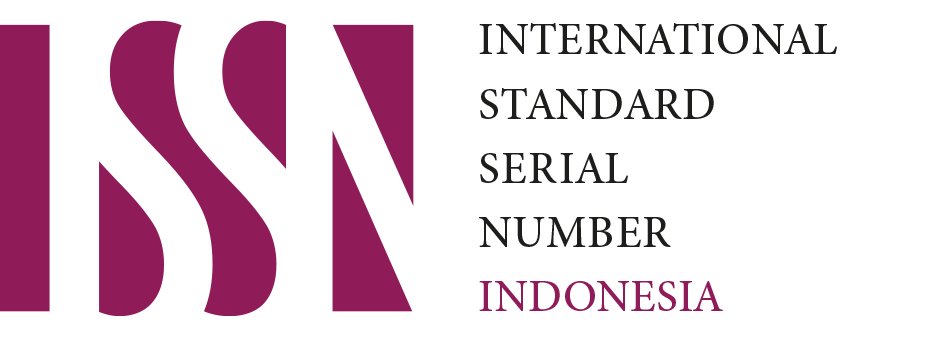INDEXING

5.1. Paper Title
This is your opportunity to attract the reader's attention. Remember that readers are the potential authors who will cite your article. Identify the main issue of the paper. Begin with the subject of the paper. The title should be accurate, unambiguous, specific, and complete. Do not contain infrequently-used abbreviations. The title of the paper should be in 16 pt bold Baskerville and be centered. The title should not be more than 12 words.
5.2. Authors Name and Affiliations
5.3. Abstract and Keywords
5.4. Introduction
In Introduction, Authors should state the objectives of the work at the end of the introduction section. Before the objective, Authors should provide an adequate background, and very short literature survey in order to record the existing solutions/method, to show which is the best of previous researches, to show the main limitation of the previous researches, to show what do you hope to achieve (to solve the limitation), and to show the scientific merit or novelties of the paper. Avoid a detailed literature survey or a summary of the results.
5.5. Method
The method should make readers be able to reproduce the experiment. Provide sufficient detail to allow the work to be reproduced. Methods already published should be indicated by a reference: only relevant modifications should be described. Do not repeat the details of established methods.
5.6. Results and Discussion
5.7. Conclusions
Conclusions should answer the objectives of the research. Tells how your work advances the field from the present state of knowledge. Without clear Conclusions, reviewers and readers will find it difficult to judge the work, and whether or not it merits publication in the journal. Do not repeat the Abstract, or just list experimental results. Provide a clear scientific justification for your work, and indicate possible applications and extensions. You should also suggest future experiments and/or point out those that are underway.
5.8. Acknowledgment
Recognize those who helped in the research, especially funding supporter of your research. Include individuals who have assisted you in your study: Advisors, Financial supporters, or may other supporters i.e. Proofreaders, Typists, and Suppliers who may have given materials.
5.9. References

This work is licensed under a Creative Commons Attribution-ShareAlike 4.0 International License.
Editorial Office:
WIDAI Japanese Journal
2nd Floor English Department, Universitas Widyatama
Street of Cikutra No. 204A, Bandung
P2M
E-mail: [email protected]
Site: www.p2m.widyatama.ac.id
